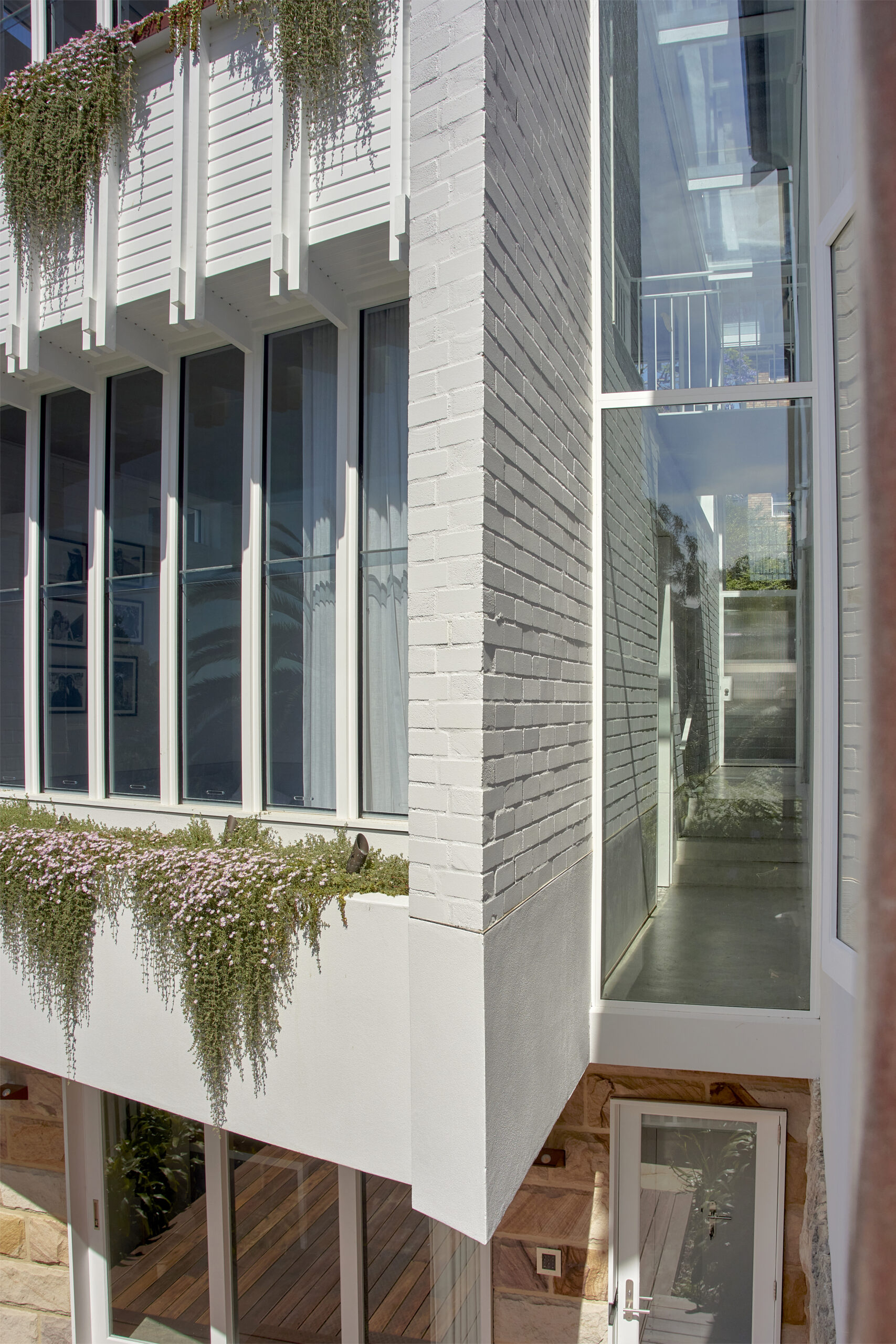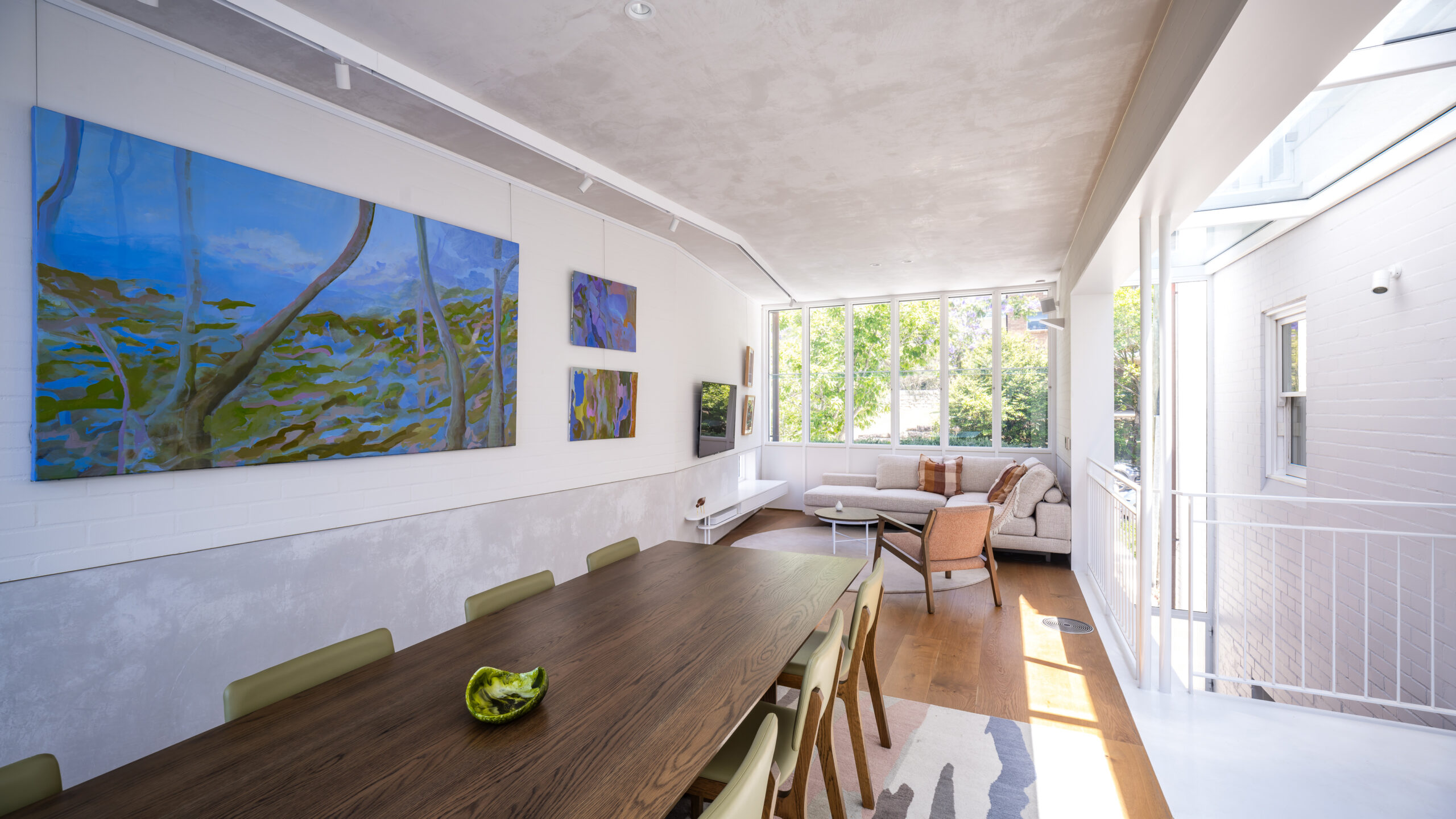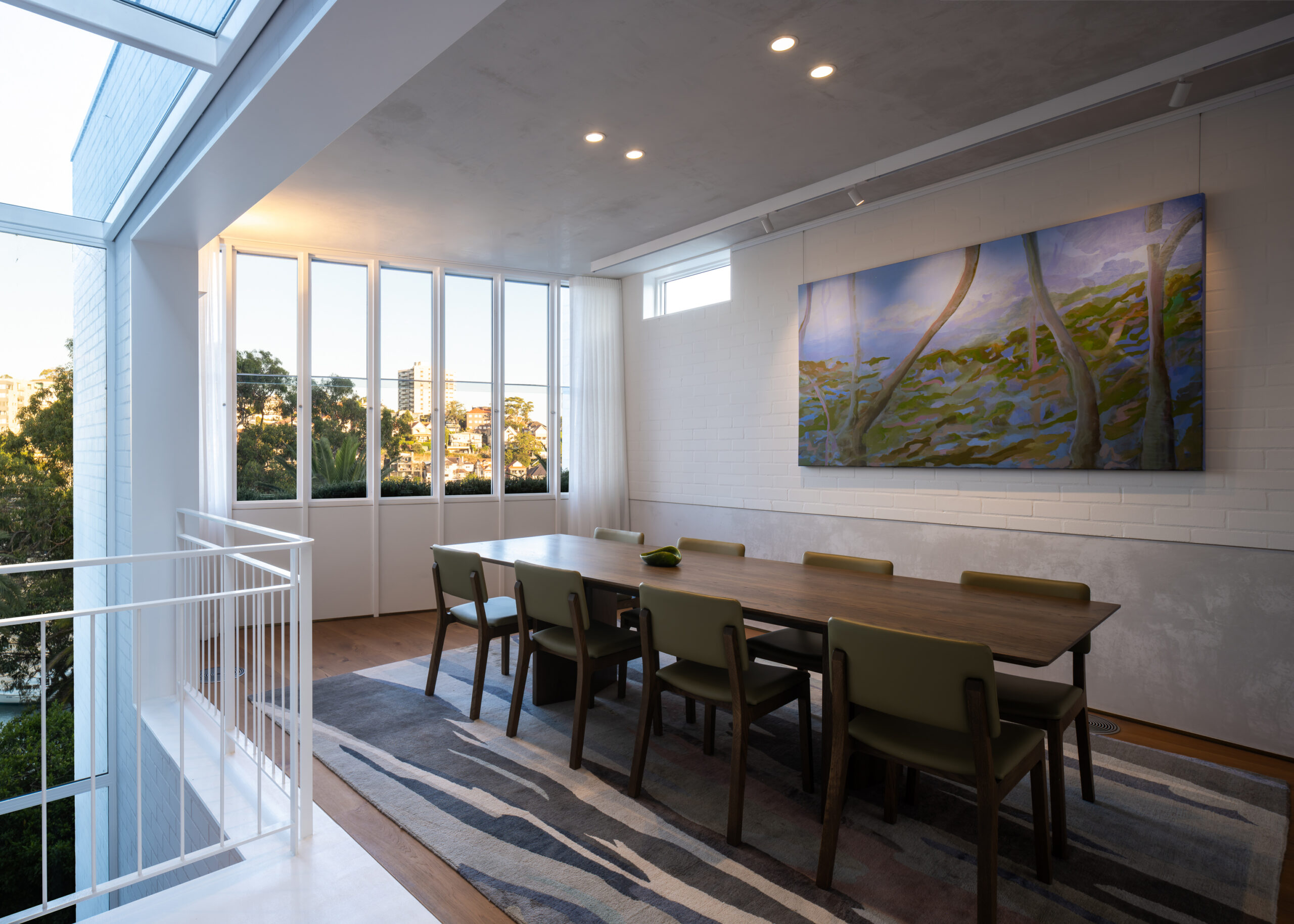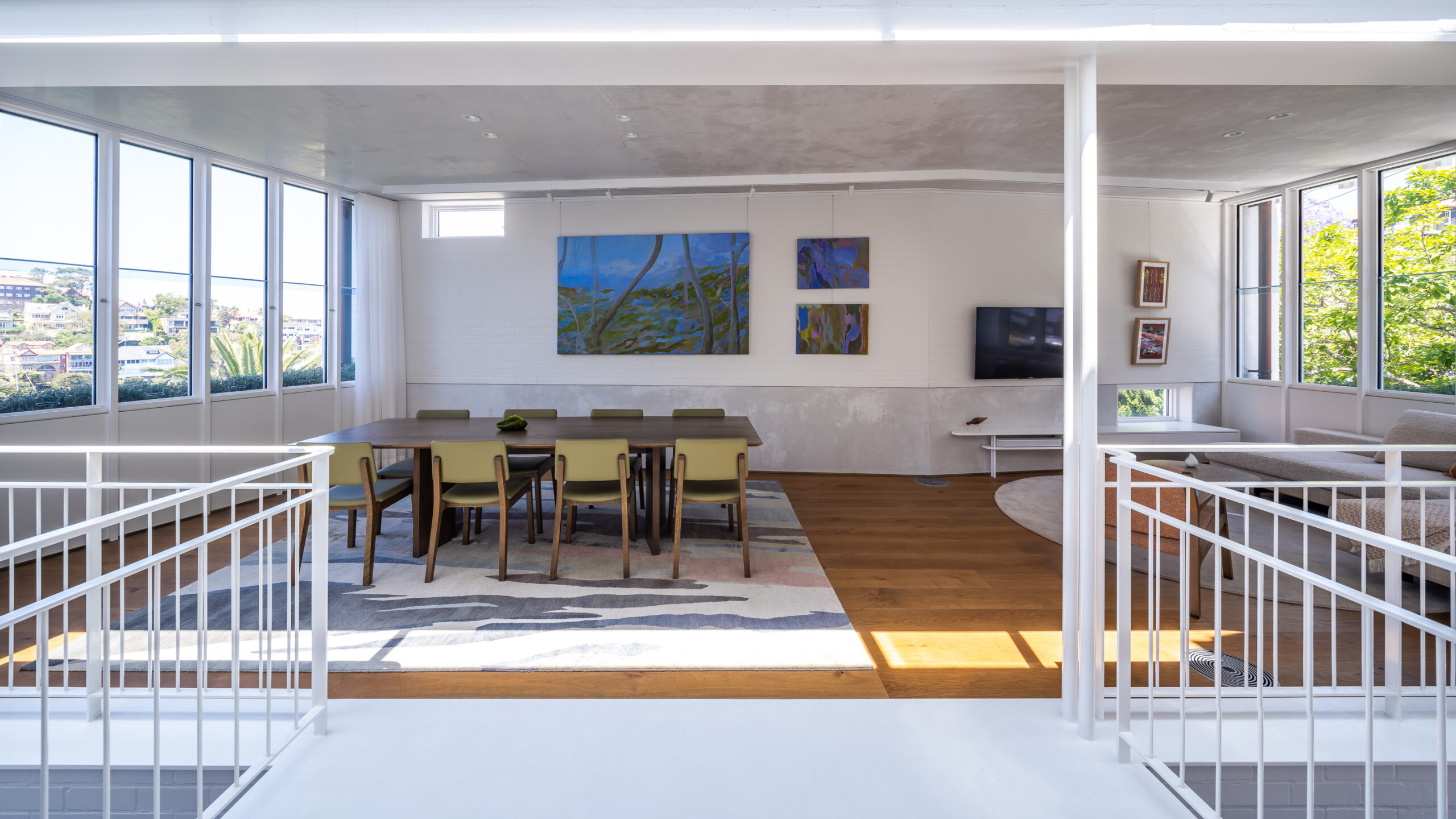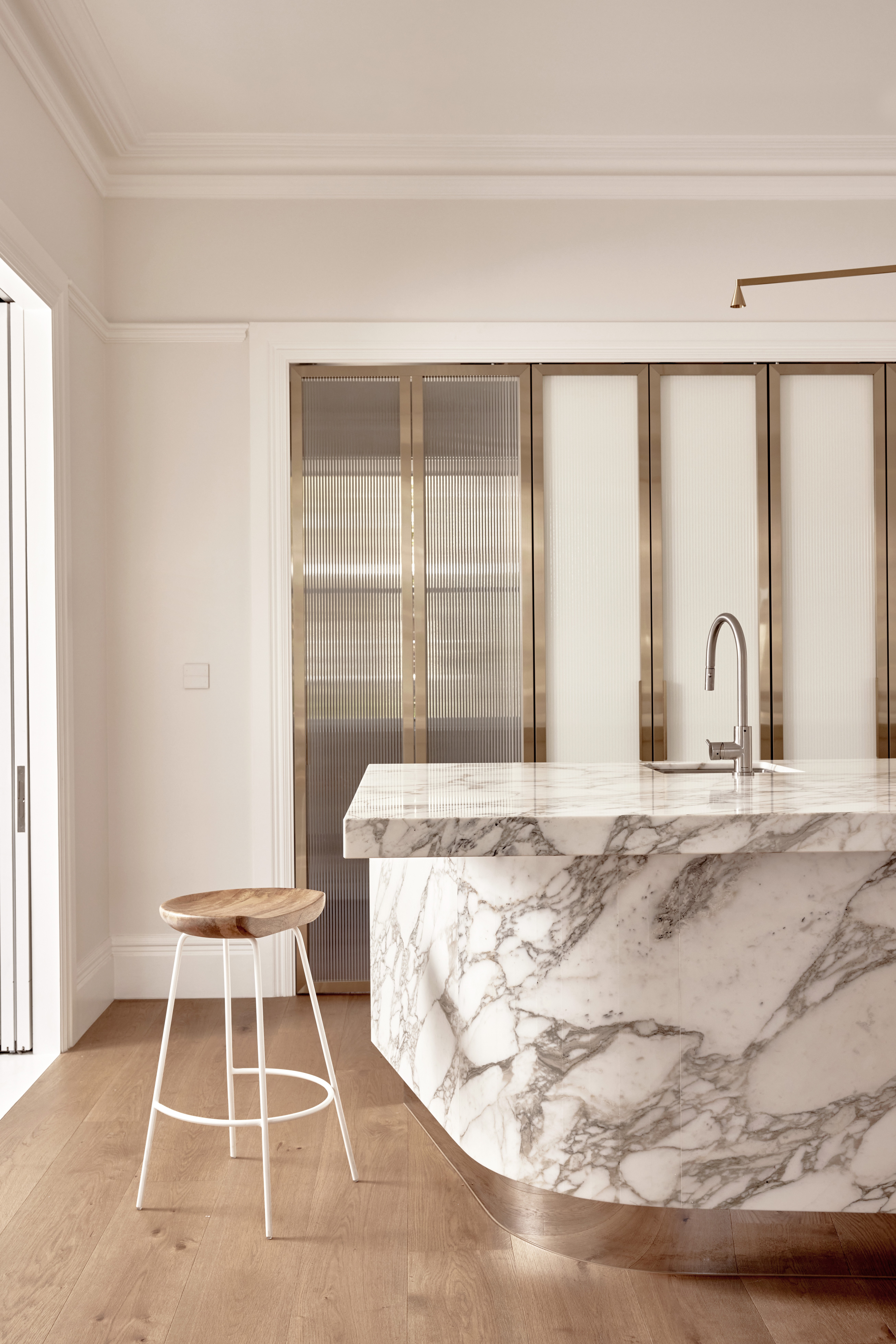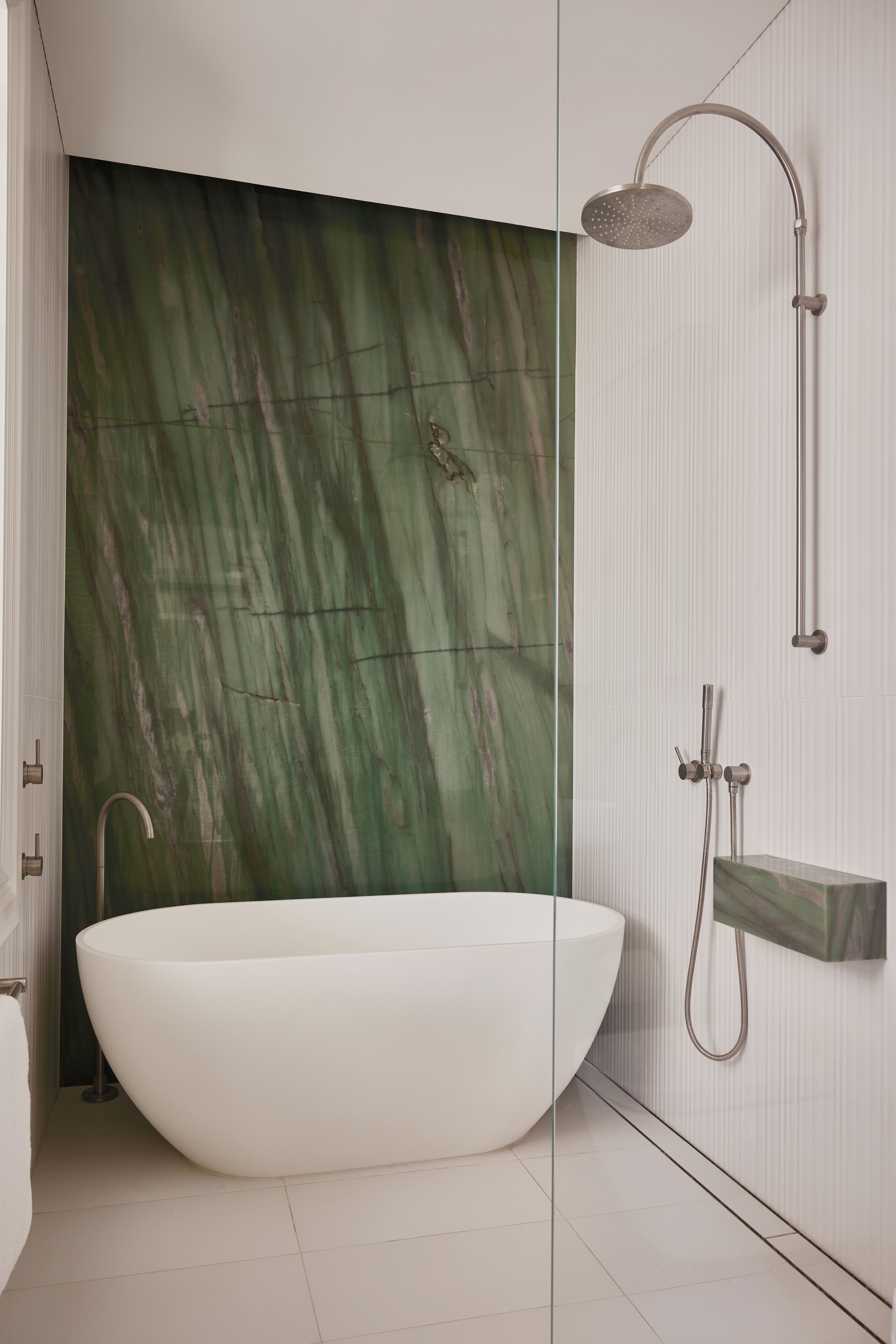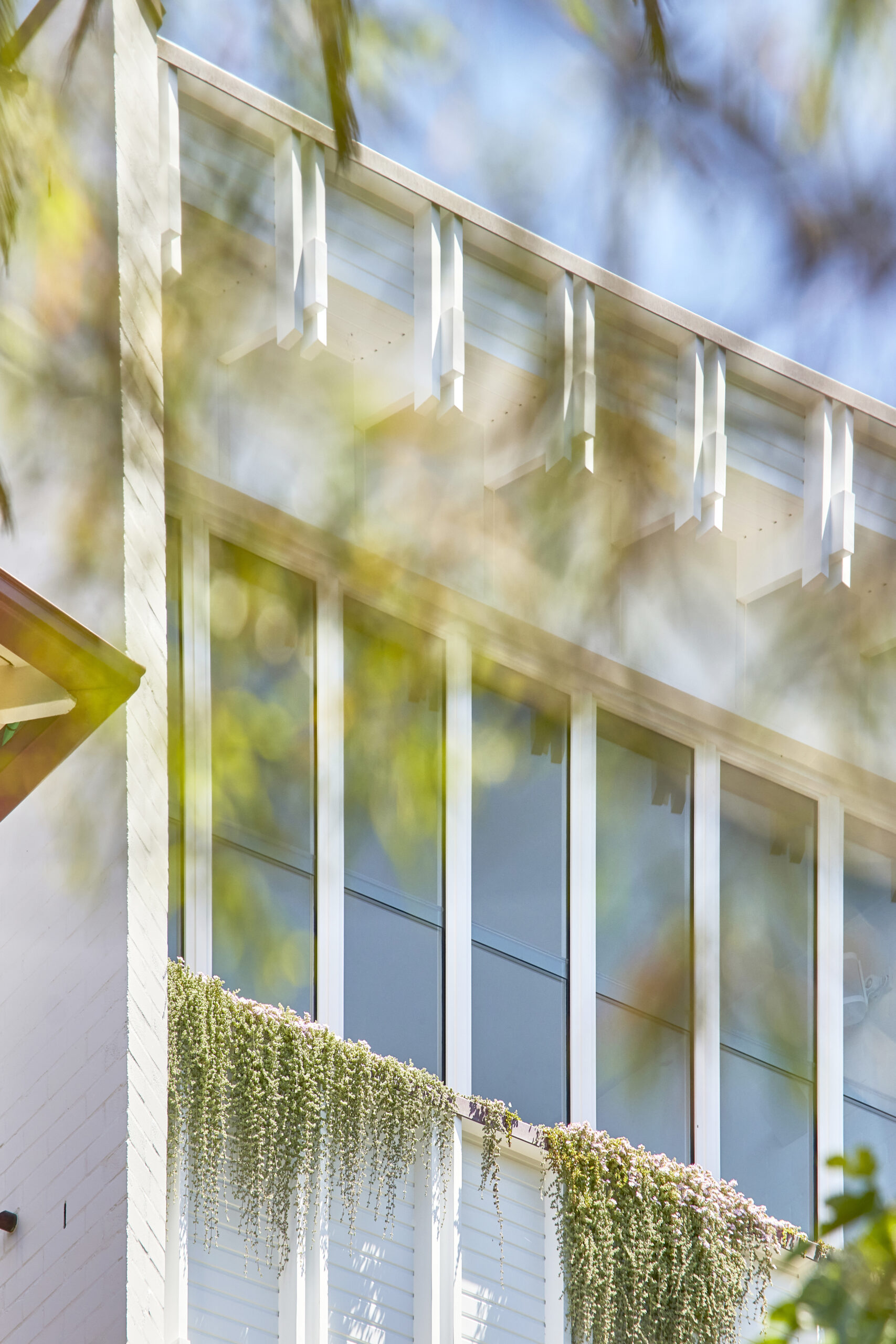Cremorne Point House | Brancatisano
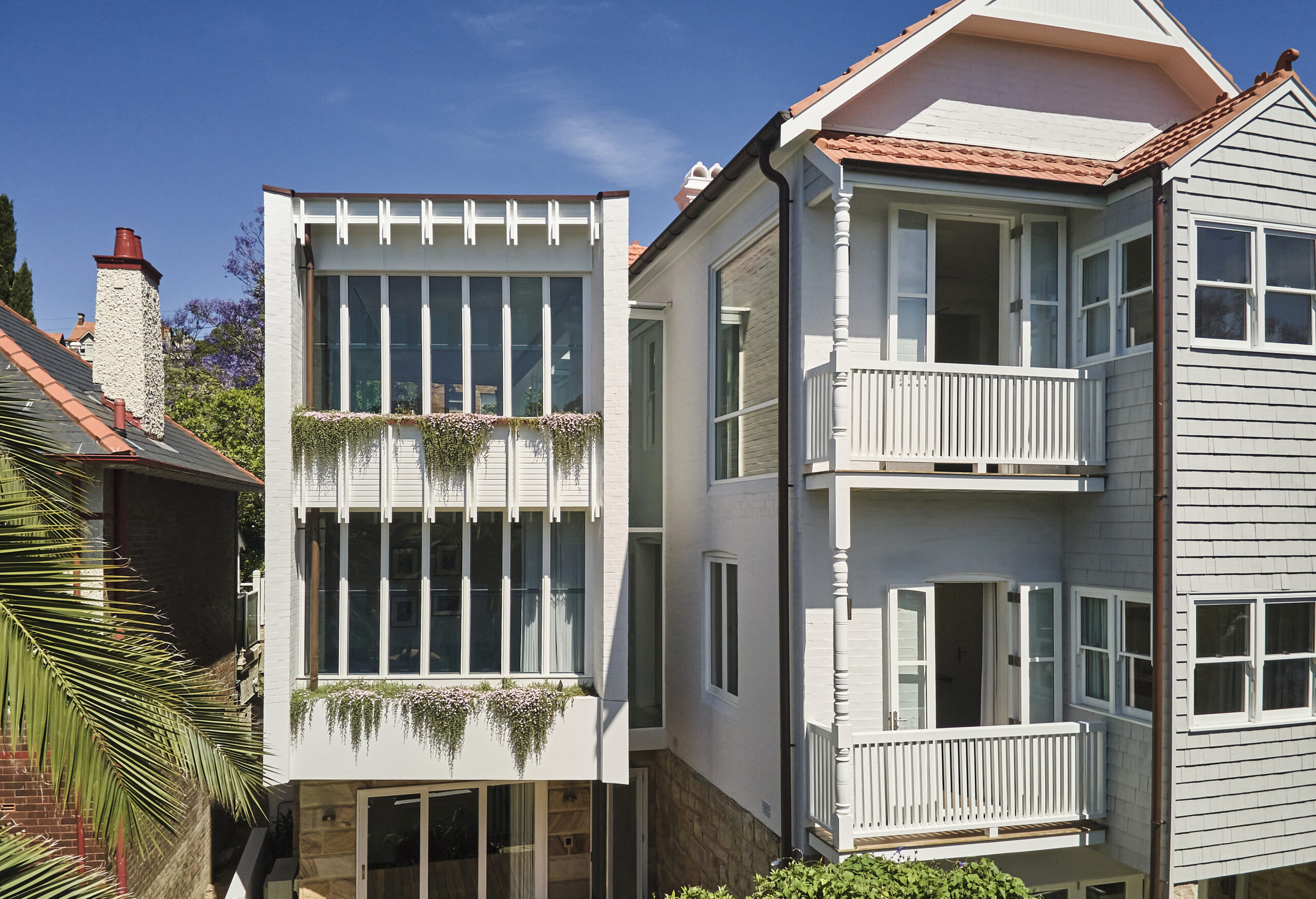
2025 National Architecture Awards Program
Cremorne Point House | Brancatisano
Traditional Land Owners
Cammeraygal people of the Eora nation
Year
Chapter
NSW
Category
Builder
Photographer
Lawrence Furzey
Media summary
Perched amongst a canopy of jacarandas and date palms overlooking Sydney Harbour, Cremorne Point House harmoniously blends heritage values and contemporary living whilst taking cues from this beautiful natural environment.
The inherent value in restoring a federation home in a heritage conservation area is celebrated by the architectural device of the double height glazed roof void, which respectfully connects the new addition to the original house, and delivers natural daylight and ventilation deep into the home.
The house comprises a series of domestic spaces that are connected through various vertical and horizontal transparencies, all centered around the focal point of the void, allowing for visual, acoustic and climatic connectivity. This connectivity was central to the brief in that the home is functional for a family for whom gathering with relatives and friends is an intrinsic part of daily life, as well as engaging with nature.
Our home is light filled and perfectly balanced – it is a joy to live and entertain in! The architect has taken cues from the local natural and built environment and translated these into a house that is a sensitive yet captivating neighbour, which is important to us in this heritage conservation area. We are impressed with the views and acoustics both vertically and horizontally across the central glazed void, making us feel connected to each other and nature in unexpected and delightful ways. The flow of sunlight and ventilation throughout the house has also transformed the way we live.
Client perspective

